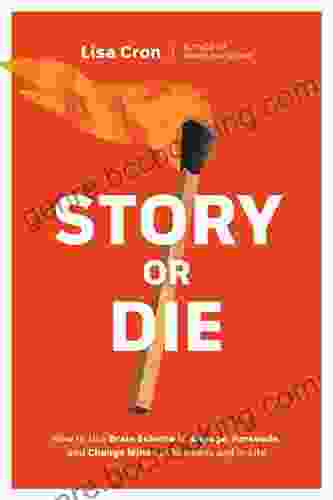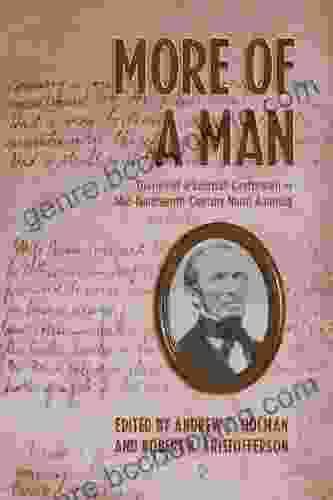Cold War 1945 to 1991: A History of Ideological Confrontation

The Cold War, an era of heightened tensions between the United States and the Soviet Union, dominated global affairs from the end of World War II in 1945 until the collapse of the Soviet Union in 1991. It was a period marked by intense ideological struggles between communism and capitalism, characterized by proxy wars, nuclear brinkmanship, and a pervasive sense of fear and uncertainty.
The seeds of the Cold War were sown during World War II, when the United States and the Soviet Union emerged as the dominant powers. The ideological differences between the two nations became increasingly apparent during the postwar period. The United States, espousing capitalism and democracy, sought to promote its values worldwide. On the other hand, the Soviet Union, under the leadership of Joseph Stalin, pursued the spread of communism.
Throughout its four-decade duration, the Cold War was punctuated by a series of pivotal events that shaped its course:
4.8 out of 5
| Language | : | English |
| File size | : | 11229 KB |
| Screen Reader | : | Supported |
| Print length | : | 40 pages |
| Lending | : | Enabled |
Berlin Blockade (1948-1949)
The Soviet Union's attempt to cut off access to West Berlin led to a massive airlift by the United States and its allies, demonstrating Western resolve.
Korean War (1950-1953)
A proxy war between the United States and China, the Korean War ended in a stalemate, further polarizing the international landscape.
Cuban Missile Crisis (1962)
The discovery of Soviet missiles in Cuba brought the world to the brink of nuclear war, highlighting the dangers of nuclear proliferation.
Space Race (1955-1975)
A competition between the United States and the Soviet Union to achieve technological superiority, the Space Race captured the imagination of the world and fueled fears of a nuclear arms race.
Vietnam War (1955-1975)
Another major proxy war, the Vietnam War pitted the United States against communist North Vietnam, leaving a lasting impact on both countries.
One of the defining features of the Cold War was the relentless arms race between the United States and the Soviet Union. Both nations invested heavily in developing nuclear weapons, creating a situation of mutual assured destruction (MAD),where a nuclear attack by one side would trigger a devastating response from the other.
The Cold War had profound political and economic consequences. It led to the division of Europe between the Western and Soviet blocs, the creation of military alliances such as NATO and the Warsaw Pact, and the intensification of espionage and covert operations. The economic burden of maintaining large military forces strained the resources of both superpowers and their allies.
The Cold War permeated every aspect of life, influencing art, music, literature, and popular culture. The threat of nuclear annihilation cast a long shadow over society, fostering a sense of uncertainty and anxiety. Fears of communist infiltration led to heightened surveillance and restrictions on civil liberties in many countries.
The Cold War gradually began to thaw in the 1980s under the leadership of Soviet leader Mikhail Gorbachev. His policies of glasnost (openness) and perestroika (restructuring) signaled a willingness to reform the Soviet system. In 1989, the Berlin Wall fell, symbolizing the decline of Soviet influence in Eastern Europe. Finally, in 1991, the Soviet Union dissolved, marking the official end of the Cold War.
The Cold War left an enduring legacy on the world. It shaped the geopolitical landscape, influenced global politics, and fostered technological advancements. The lessons learned during this period continue to inform international relations and security policies today.
The Cold War was a pivotal period in human history, characterized by intense ideological conflicts, nuclear brinkmanship, and global political realignments. It had a profound impact on every aspect of life, from geopolitics to culture and society. Understanding the history of the Cold War is essential for comprehending the present and shaping the future of international relations.
4.8 out of 5
| Language | : | English |
| File size | : | 11229 KB |
| Screen Reader | : | Supported |
| Print length | : | 40 pages |
| Lending | : | Enabled |
Do you want to contribute by writing guest posts on this blog?
Please contact us and send us a resume of previous articles that you have written.
 Book
Book Novel
Novel Page
Page Chapter
Chapter Text
Text Story
Story Genre
Genre Reader
Reader Library
Library Paperback
Paperback E-book
E-book Magazine
Magazine Newspaper
Newspaper Paragraph
Paragraph Sentence
Sentence Bookmark
Bookmark Shelf
Shelf Glossary
Glossary Bibliography
Bibliography Foreword
Foreword Preface
Preface Synopsis
Synopsis Annotation
Annotation Footnote
Footnote Manuscript
Manuscript Scroll
Scroll Codex
Codex Tome
Tome Bestseller
Bestseller Classics
Classics Library card
Library card Narrative
Narrative Biography
Biography Autobiography
Autobiography Memoir
Memoir Reference
Reference Encyclopedia
Encyclopedia Lexie Winston
Lexie Winston Stuart Gibbs
Stuart Gibbs Lina Beard
Lina Beard Mirabai Bush
Mirabai Bush Maria Massi Dakake
Maria Massi Dakake Manzur Rashid
Manzur Rashid Lauren Roxburgh
Lauren Roxburgh Susan Strange
Susan Strange Lisa Fain
Lisa Fain Leah Mohammed
Leah Mohammed Martin J Walters
Martin J Walters Lindsay Eagar
Lindsay Eagar Lisa Zamosky
Lisa Zamosky Mary Cantwell
Mary Cantwell Laura Davis Chanin
Laura Davis Chanin Larry Hama
Larry Hama Leonard Moore
Leonard Moore M J Ryan
M J Ryan Thomas R Melville
Thomas R Melville Jeanne St James
Jeanne St James
Light bulbAdvertise smarter! Our strategic ad space ensures maximum exposure. Reserve your spot today!
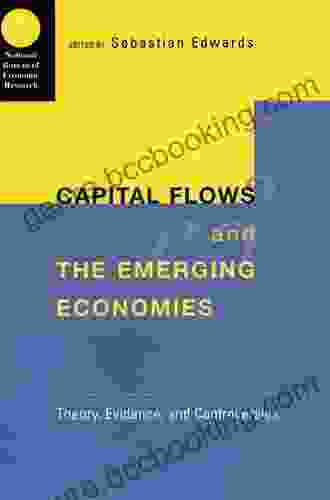
 Edmund HayesMarketization Theory and Evidence from Emerging Economies: A Comprehensive...
Edmund HayesMarketization Theory and Evidence from Emerging Economies: A Comprehensive... Jan MitchellFollow ·12.3k
Jan MitchellFollow ·12.3k Will WardFollow ·2.5k
Will WardFollow ·2.5k Anton FosterFollow ·7.7k
Anton FosterFollow ·7.7k Bo CoxFollow ·7.9k
Bo CoxFollow ·7.9k Quentin PowellFollow ·15.3k
Quentin PowellFollow ·15.3k Caleb LongFollow ·18.5k
Caleb LongFollow ·18.5k Maurice ParkerFollow ·9.9k
Maurice ParkerFollow ·9.9k Hugh ReedFollow ·2.3k
Hugh ReedFollow ·2.3k

 Branden Simmons
Branden SimmonsUnveiling the World of Tequila: A Collector's Guide to...
: Prepare to embark on a tantalizing journey...
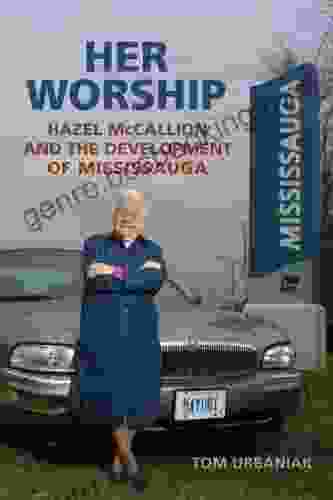
 Chuck Mitchell
Chuck MitchellHazel McCallion and the Development of Mississauga: A...
: The Matriarch of Mississauga Hazel...
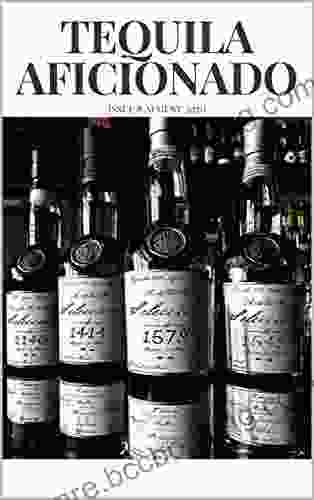
 Lucas Reed
Lucas ReedUnveiling the Hidden Treasures of Tequila, Mezcal, and...
Prepare to be captivated...

 Isaias Blair
Isaias BlairBusinesses With Stories: The Power of Storytelling in...
In today's competitive business environment,...
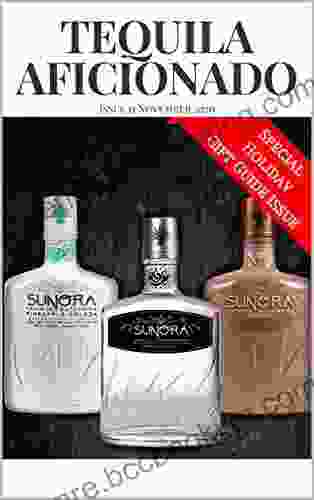
 Ethan Gray
Ethan GrayUnveiling the World of Tequila, Mezcal, and Sotol: The...
Embark on a...
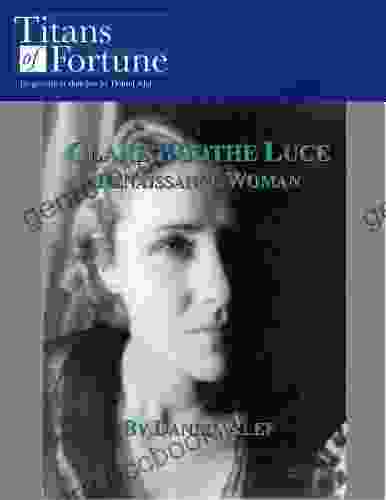
 Barry Bryant
Barry BryantClare Boothe Luce: Renaissance Woman
In the annals of history, few...
4.8 out of 5
| Language | : | English |
| File size | : | 11229 KB |
| Screen Reader | : | Supported |
| Print length | : | 40 pages |
| Lending | : | Enabled |





